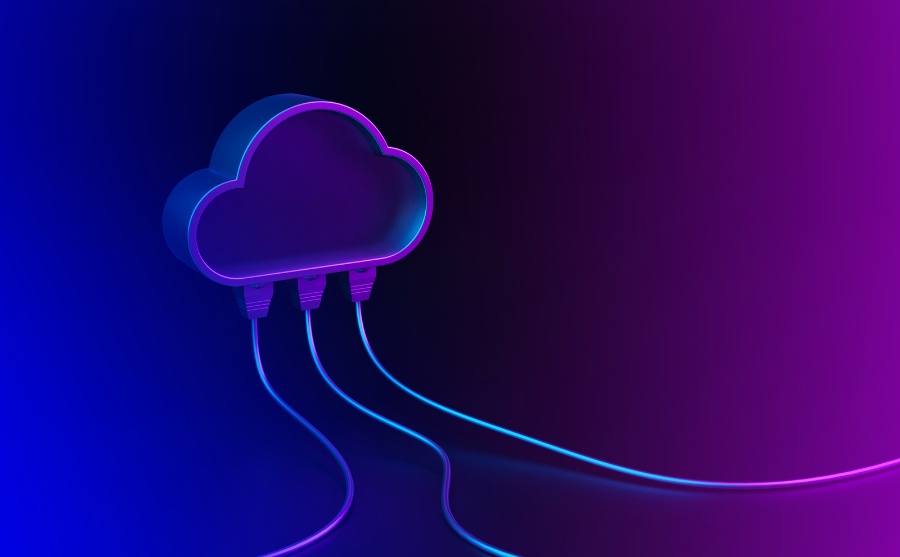

9/29/2025



In the context of the digital transition of utilities, two technologies are redefining the way networks are managed and optimised: the Internet of Things (IoT) and edge computing. Together, they represent a crucial evolution for companies that manage distribution infrastructure – water, energy, gas or heat – as they enable field data to be transformed into real-time operational decisions, improving efficiency, resilience and sustainability.
In recent years, Industrial IoT (IIoT) has revolutionised the way utilities monitor and control their networks. Millions of sensors distributed along pipelines, substations, tanks and plants continuously collect data on flow rate, pressure, temperature, voltage and consumption.
However, the exponential increase in the number of connected devices poses a crucial challenge: efficiently managing and analysing the enormous amount of information generated. Transferring all this data to the cloud or central data centres involves high costs, latency and, sometimes, risks of network congestion or loss of timeliness.
This is where edge computing comes into play.
Edge computing involves processing data directly at the “edge” of the network, i.e. close to the source that generates it (e.g. a sensor or field device), rather than sending it to a central server first. This makes it possible to filter, analyse and react to information locally, drastically reducing response times and bandwidth usage. For utilities, this means having distributed decision-making capabilities, allowing them to react immediately to changes in network status without having to wait for remote processing. This approach makes infrastructure smarter, more autonomous and more resilient.
The combination of IoT and edge computing allows utilities to achieve tangible operational and management benefits:
1. Real-time monitoring and immediate response
In a distributed system, each edge node can analyse data from local sensors and automatically trigger corrective actions. For example, in a water network, an edge unit can detect an abnormal pressure variation and automatically close a valve to limit a leak, without waiting for a command from the centre. In electrical networks, it allows dynamic adjustment of energy flows or isolation of a section in the event of a fault.
2. Reduced latency and increased reliability
By processing data locally, edge computing reduces communication times and improves operational reliability even in areas with intermittent connectivity. This is particularly useful in rural or mountainous areas, where wireless or cellular networks do not always guarantee stable coverage. In these cases, edge devices maintain autonomous functionality, ensuring service continuity.
3. Cost and resource optimisation
Local data processing allows only the most relevant or aggregated information to be sent to the cloud, reducing network traffic and storage and transmission costs. Utilities can thus optimise their IT infrastructure, maintaining high performance with fewer resources and lower energy consumption.
4. Predictive maintenance support
Thanks to decentralised IoT data processing, edge computing allows predictive analyses to be performed directly in the field, identifying abnormal behaviour and sending targeted alerts to the central system. This approach anticipates failures or inefficiencies, reducing interruptions and improving intervention planning. The combination of edge and local artificial intelligence (AI on the edge) transforms each node in the network into an autonomous intelligence point.
5. Security and operational continuity
With the increase in exposed digital surface area, cybersecurity is becoming a priority for all utilities. Edge computing allows data flows to be segmented and isolated, reducing the risk of widespread attacks and improving the protection of critical systems. Furthermore, in the event of a loss of connectivity to the cloud, edge devices can continue to operate independently, ensuring resilience and service availability.
The potential of edge computing and IoT translates into numerous practical applications in the utility sector:
The adoption of IoT and edge computing-based solutions requires a strategic vision and a technological infrastructure capable of integrating heterogeneous systems, data and devices. Although the benefits in terms of efficiency and resilience are clear, the digital transformation of distribution networks poses some key challenges.
1. Interoperability between devices and platforms
Utilities manage complex ecosystems, consisting of sensors, actuators and meters from different manufacturers, each with their own protocols and standards. To ensure coordinated operation and a unified view of the network, it is essential to adopt agnostic management platforms that can communicate with devices of any brand, model or connection technology. Solutions such as those developed by Terranova, for example, offer a neutral and scalable approach, allowing the operator to govern the entire smart ecosystem without hardware or software constraints.
2. Scalability and modular architecture
As networks become increasingly digitalised, the number of connected devices is growing exponentially. Smart metering and remote control platforms must therefore be scalable and modular, capable of managing thousands (or millions) of measurement and control points without compromising performance. Hybrid edge-cloud architecture allows for efficient distribution of the computational load and maintains operational continuity even in complex scenarios.
3. Data security and protection
As connectivity increases, so does the risk surface. Every node in the network – sensor, gateway or edge unit – must be protected from unauthorised access and potential cyber attacks. It is therefore essential to implement integrated cybersecurity protocols, end-to-end encryption and proactive monitoring tools to ensure data security and regulatory compliance.
4. Data governance and integration with existing systems
The true strength of the edge+IoT paradigm lies in its ability to transform operational data into strategic insights. To achieve this, it is essential that platforms are interoperable with existing systems (SCADA, GIS, CRM, billing systems) and support integration models based on open APIs. Only in this way can utilities build solid, shared data governance capable of leveraging the information collected in the field for decision-making purposes.
The integration of IoT and edge computing represents a key evolutionary step towards the utilities of the future: distributed, intelligent networks capable of self-optimisation. It is not just a matter of connecting devices, but of making data truly operational, transforming it into value for day-to-day management.
Companies in the sector that are investing in this direction are laying the foundations for more robust data governance, more accurate control of network performance and more efficient and sustainable customer service. In a market increasingly focused on reliability and sustainability, edge computing and IoT are the two pillars on which the new generation of digital utilities is based.

Want to know more?
We’d be happy to talk more in detail about your needs and explore how we can become your ideal partner, to assist you in your business venture of innovation, digitization and sustainability